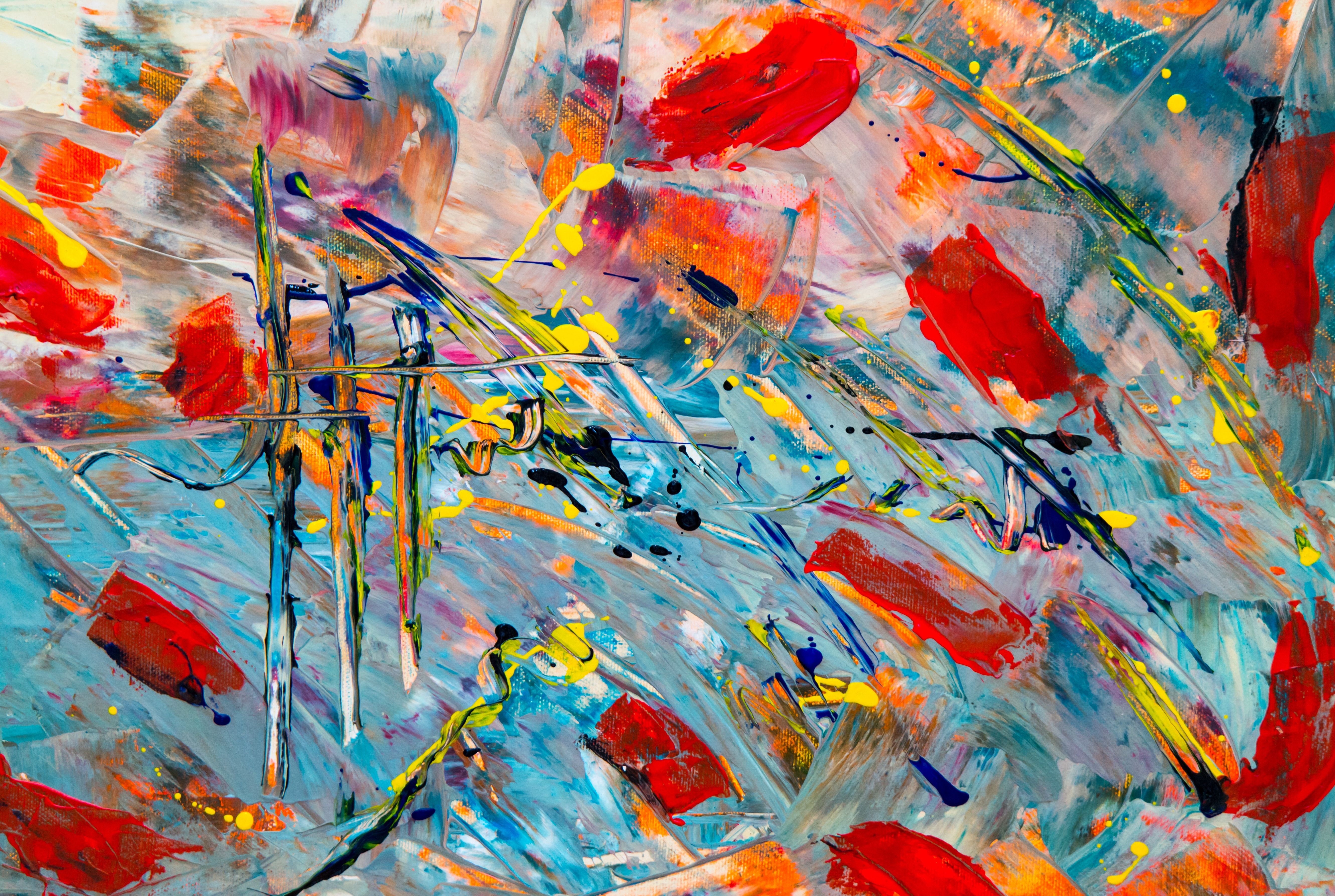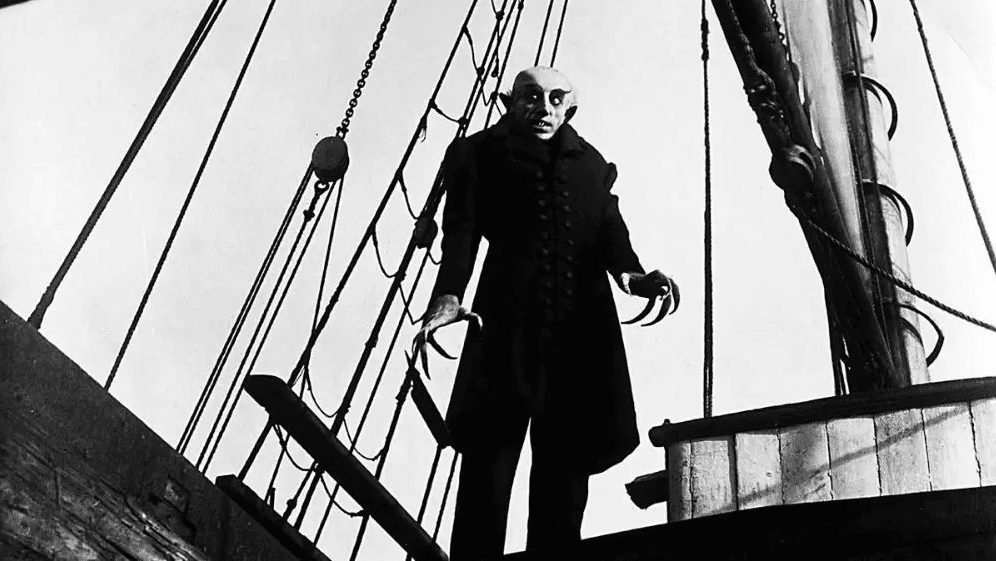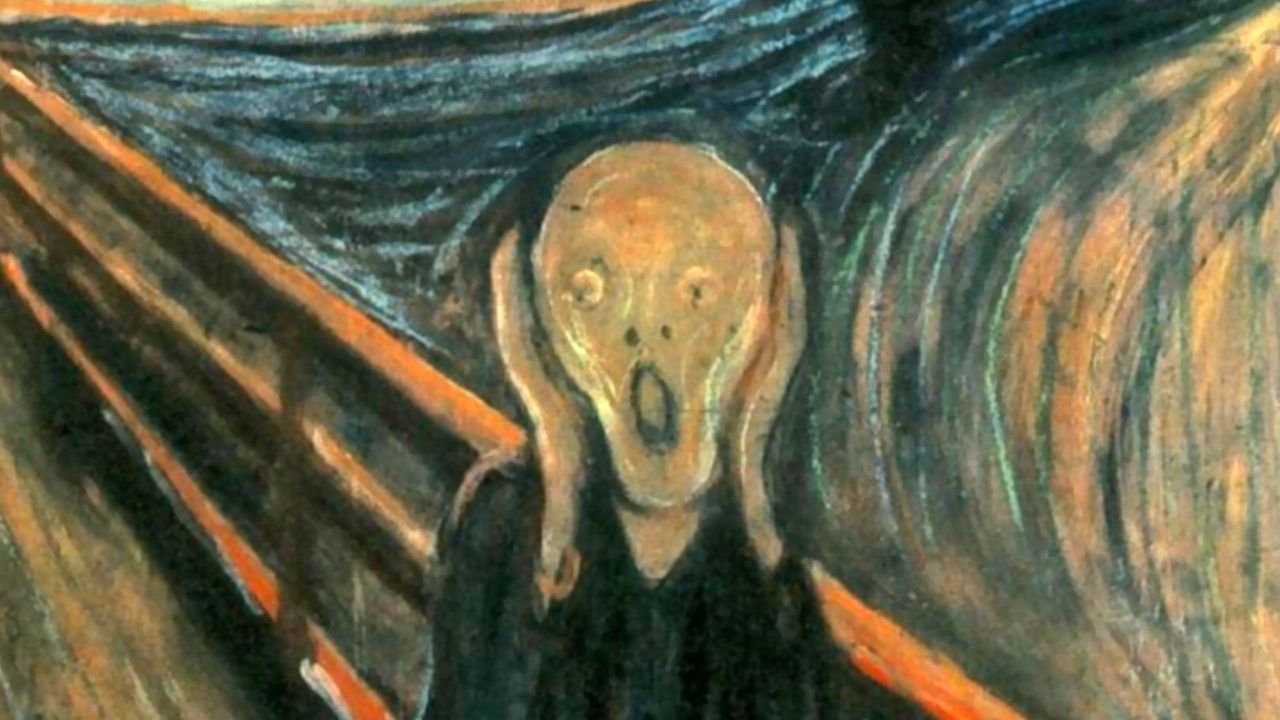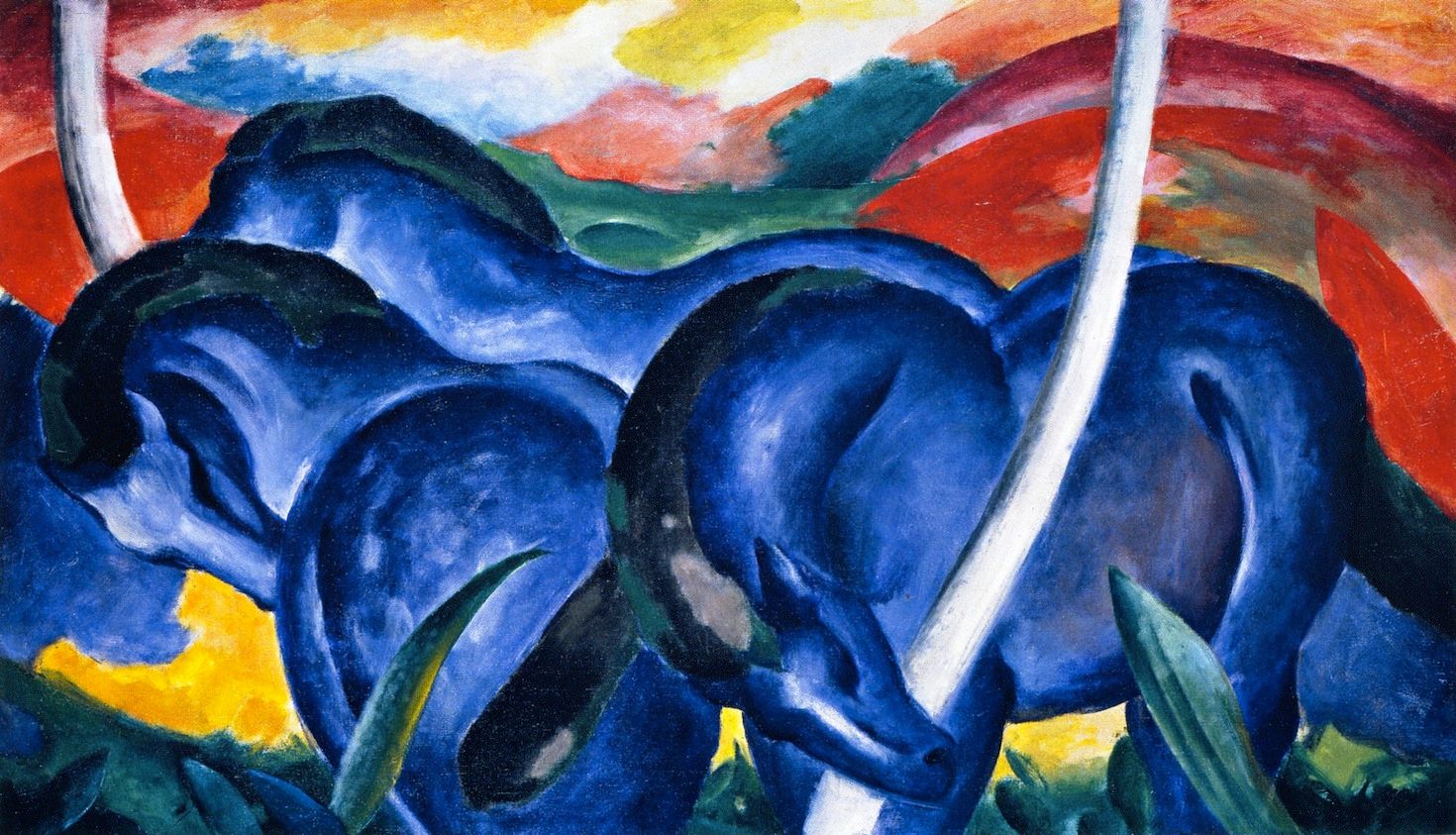
Expressionism Unveiled: From Cinema to Modern Design
I watched the horror movie "The Nun 2018" yesterday, and it sparked a question in my mind: Where did this genre come from, and how did filmmakers conceive the idea of making a horror movie? After spending some time on the web, I stumbled upon the term "expressionism." I'm eager to share my findings with you in my own language, so let's delve into it together!
You've likely heard the term "expressionism" many times, but what does it really mean? Let's explore and understand this sophisticated concept!
Expressionism is a modernist movement in art that vividly portrays the artist's emotions as clearly as possible, eschewing complexity in defining their feelings.
Unlike impressionists, expressionists don't focus on the external appearance of things. Instead, they turn to extreme deformation to express emotional reality. In cinema, this movement originated in Germany and reached its zenith after World War I, ultimately giving rise to the horror genre.
Expressionism is hailed as the most artistic school in cinema, with actors showcasing movements resembling jumping and dancing rather than striving for realistic performances. In expressionist cinema, stage design and lighting play pivotal roles, and the coexistence of similar shapes in the frame is a hallmark of expressionist mise-en-scène.

French Impressionism and German Expressionism in cinema differ significantly. While French Impressionism's main feature lies in camera work, German Expressionism distinguishes itself through the specific use of mise-en-scène.
Let's shift away from the cinema topic. Expressionism finds bolder expressions in poetry and painting. In literature, it's a method that perceives the world predominantly through emotions, aiming to express truths based on personal feelings and impressions. Deliberate distortion and deformation of reality in modern literature exemplify the expressionist method.
Some of the most prominent expressionist poets include Else Lasker-Schuler, Gottfried Benn, Georg Heym, Ernst Stadler, Otto Nebel, and the Slovenian Miran Jarc.
Expressionism in painting is equally fascinating. As a designer, I’m really excited to write about it in painting!

“The Scream” by Edvard Munch
The term was first used in connection with some paintings by the renowned architect Auguste Pere, making painting the birthplace of expressionism. Recognizing an expressionist painting involves intense colors, crooked shapes, and rough lines—an exaggeration of colors and shapes.
Expressionist paintings are generally unrealistic, often abstract or semi-abstract, omitting relaxing and eye-catching forms. Early 20th-century expressionism based its work on the representation of intense emotional states and rebellion against oppressive laws and inhumane regulations.

“Blue Horses I” by Franz Marc
Well-known expressionist artists such as Franz Marc and Edvard Munch created sharp, exciting colors, repeated and excited brushstrokes, and distorted shapes to achieve their goals.
Expressionism continues to play a significant role in the design industry today, albeit in a different and intricate manner. Writing about modern expressionism could be a lengthy and tedious article, and people might not rather read it! (LMAO)
If you're interested in learning about expressionism in modern design, just let us know, and we'll be happy to write an article about it!